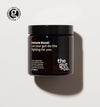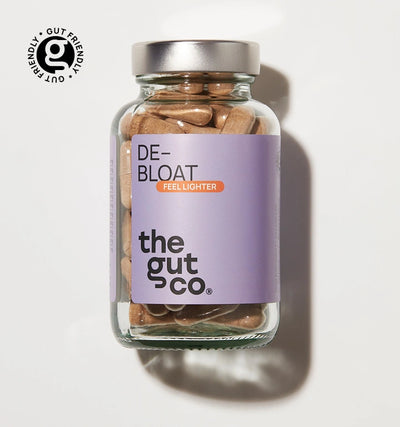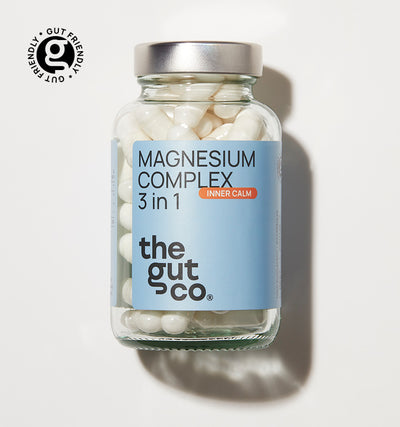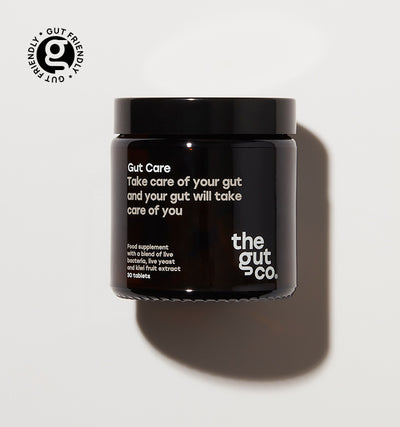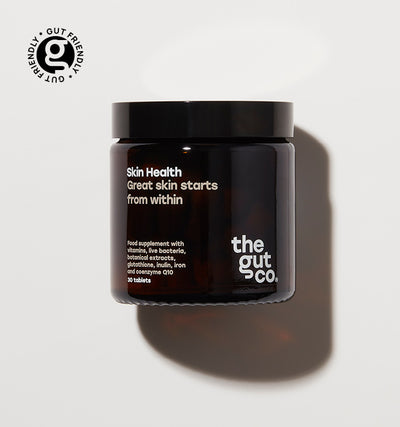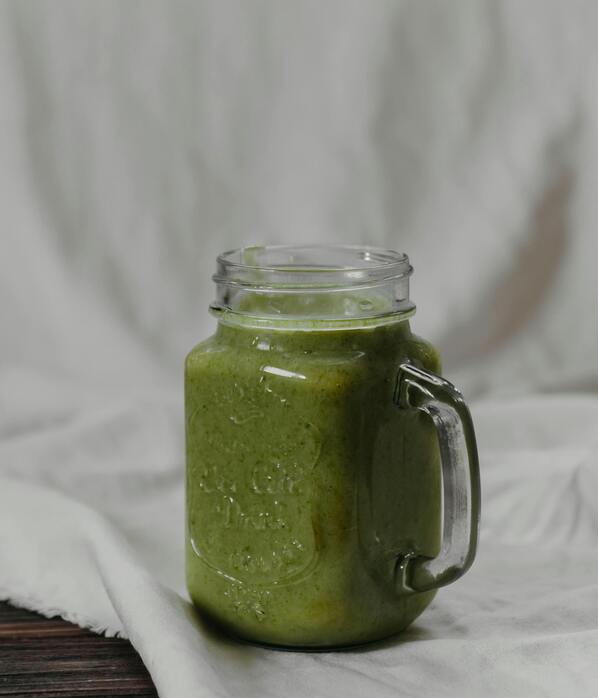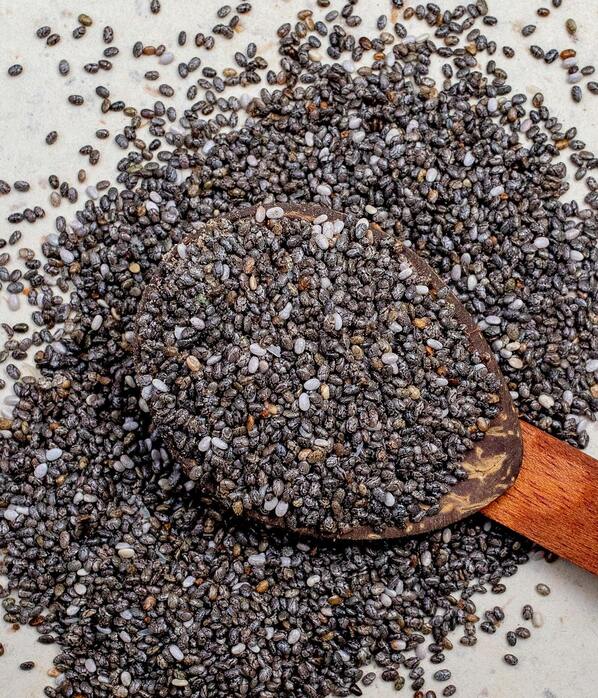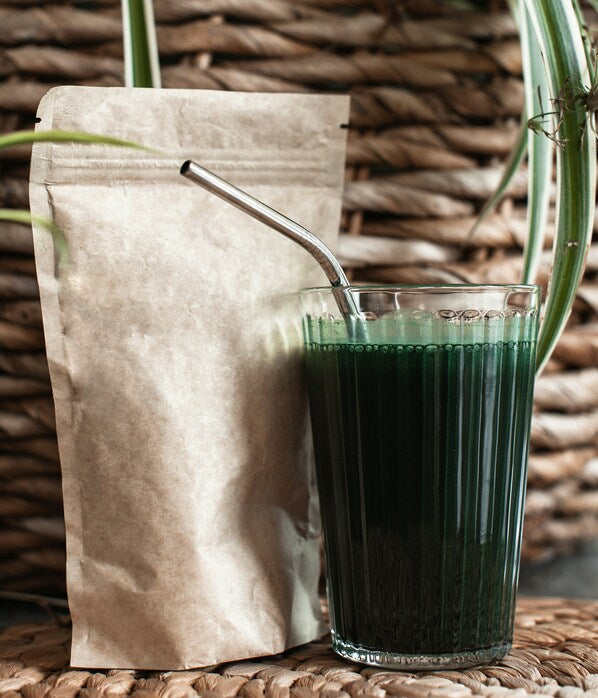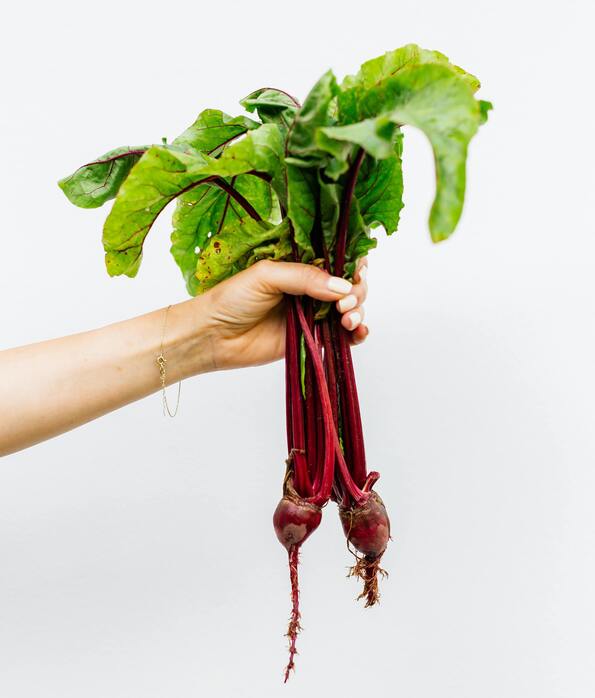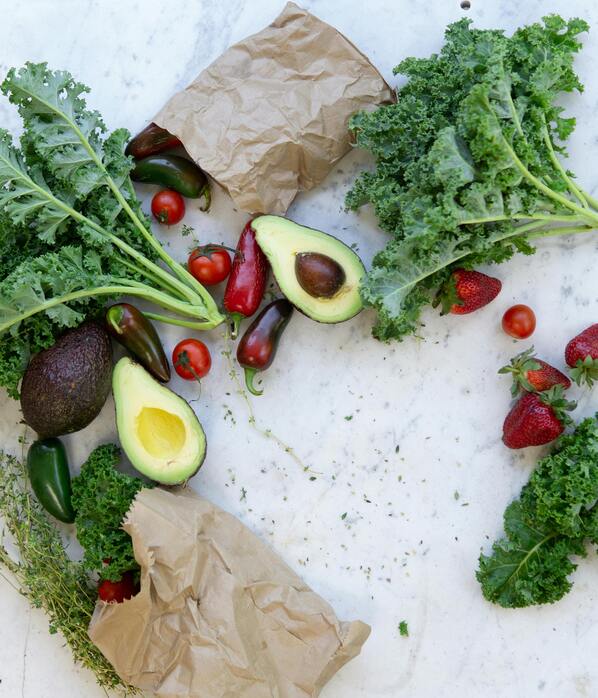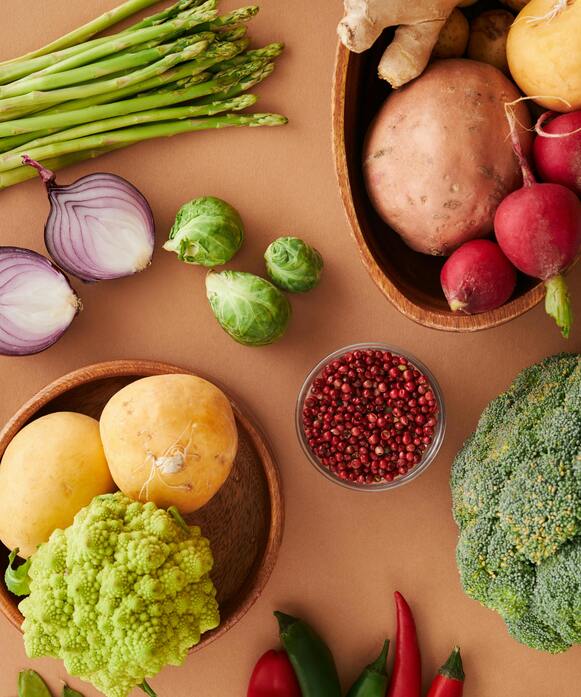How Much Fibre Do We Need To Eat Per Day?
Date:
11 May 2022

We’ve All Heard of Fibre and Know That We Need It…But Do We Know Why?
Dietary fibre is a carbohydrate that our body can’t digest. Now, hearing “indigestible” sounds like a bad thing, right? Not in this case. Fibre is an essential part of our diets that essentially helps you pass normal, healthy poo.
Fibre passes through your digestive system relatively intact - through your stomach, small intestine and colon and then out of your body into the toilet (or wherever you choose to go).1
Benefits of Fibre for the Body
The Bristol Stool Chart helps us to understand what is happening in our digestive system based on what we can see.2 Type 3 and Type 4 are generally good examples of what a healthy bowel movement will look like.
Fibre increases the weight and size of your stool and softens it. The bigger the poo, the easier it is to pass, which means you’re less likely to suffer constipation. If you have diarrhoea, consuming fibre will help solidify your poo, as it absorbs water and makes it bulkier, making it less runny.
Helping bowel movements isn’t all fibre good for. A diet with a good dose of fibre lowers our risk of LOADS of health issues.
Evidence shows that eating plenty of fibre reduces our risk of well-known issues such as heart disease, stroke, type 2 diabetes and bowel cancer. Evidence also shows that getting enough fibre reduces the risk of other cancers such as colon and breast cancer and diverticular disease.3
How Much Should I Be Eating?
“The NHS Live Well, Eat Well” scheme tells us that we aren’t eating enough fibre in the UK. In 2015, the average UK adult ate 18g of fibre a day, but the average adult would benefit from 30g per day. If you’re 11-16, you need about 25g, 5-11 years need 20g and 2-5’s need 15g.3
As with most more specific food recommendations, there’s a difference in how much men and women should consume for a healthy diet.
The Institute for Medicine suggests for women under 50, 25 grams is the optimum daily fibre consumption. For men, 38 grams is better for a healthy diet. For over 50’s, this decreases to 21 grams for women and 30 grams for men.1
What Can I Eat To Get More Fibre?
Well, the first thing to know is that fibre comes in two forms.
Soluble fibre dissolves in water and forms a gel-like material. This kind of fibre is found in oats, peas, beans, and fruits and vegs like apples, carrots and citrus fruits4
Insoluble fibre is the one that gets your digestive system moving - increasing the bulk of poo and regulating your movements. If you struggle with constipation or irregular bowel movements, this is what you should be looking for. You can find insoluble fibre in foods such as whole-wheat flour, wheat bran, nuts, green beans, potatoes and cauliflower.4
How Do I Include It In My Diet?
Breakfast is a great place to start. High-fibre breakfast cereals like a 2 biscuit serving of Weetabix (3.8g of fibre), a 64 gram serving of porridge oats (9g of fibre) or a 52 gram serving of Shredded Wheat (6g of fibre) will give you a chunk of the fibre you need to be hitting that 30-gram goal.5
Switching out white bread for wholemeal or granary bread is another quick and easy change to up your fibre intake. By the gram, wholemeal packs a substantial amount of fibre more than white.
Per 100g, wholemeal bread contains around 7g of fibre, with white bread coming in at only 2.9g of fibre. Your average slice of bread weighs in at 38g, so a wholemeal bread sandwich for lunch can get you another chunk of that daily intake goal.6
For dinners or hearty lunches, potatoes, beans, lentils, brown rice, and wholewheat pasta are fantastic sources of fibre.3 The average baked potato with the skin comes in at 4 grams of fibre. A portion of brown rice (195 grams) contains 3.4 grams of fibre.
You may be surprised at just how much fibre is in fruit and veg. Regarding fibre, an apple comes in at 4.4 grams, a pear has 9.13 grams, and half an avocado has 6.5 grams.7
1 bell pepper, a portion of cauliflower or a portion of carrot all clock in at 2 grams of fibre.8 Including more fruit and vegetables into your meals or snacks can significantly affect the amount of fibre you consume.
Is Weetabix a High-Fibre Food?
Weetabix is really well known for being a good source of fibre...but just how good actually is it?
Weetabix is made of wholewheat, which is a healthy source of complex carbohydrates; essential for energy. It also has simple carbohydrates in the form of added sugar - giving a total of 29 grams of carbohydrates. (9)
Weetabix is a great choice to add more fibre to your diet as well as other nutrients such as 4g of protein, 1 gram of fat and added vitamins and iron. (9) It is a high fibre food filled with other good properties and all this for only 130 calories per serving!
Final Thoughts
So, in summary, fibre is a great way to regulate your digestion, help prevent health issues and is relatively easy to include in your diet. By making dietary adjustments, you can make yourself more comfortable in day-to-day life by helping out your digestive system and reducing your chances of health issues.
Related content: High Fibre Foods You Should Eat
References
- https://www.mayoclinic.org/healthy-lifestyle/nutrition-and-healthy-eating/in-depth/fiber/art-20043983
- https://staging.continence.org.au/sites/default/files/2021-08/Bristol_Stool_Chart_PDF-compressed.pdf
- https://www.nhs.uk/live-well/eat-well/how-to-get-more-fibre-into-your-diet/
- https://www.hsph.harvard.edu/nutritionsource/carbohydrates/fiber/
- https://www.huffingtonpost.co.uk/entry/high-fibre-food-ideas_uk_5c386382e4b05cb31c414d53
- https://thefoodmedic.co.uk/2020/07/the-difference-between-wholemeal-bread-and-white-bread/
- https://www.myfooddata.com/articles/fruits-high-in-fiber.php
- https://www.fda.gov/food/food-labeling-nutrition/nutrition-information-raw-vegetables
- https://www.livestrong.com/article/489831-why-does-weetabix-constipate-me/





